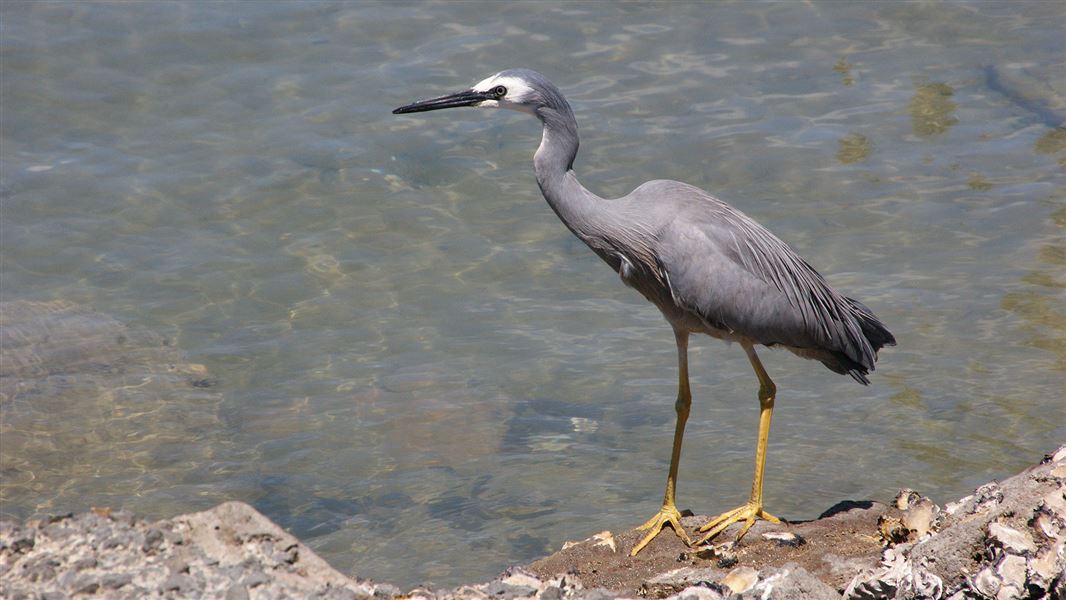With their silty surface and dead seaweed mudflats may look unappealing, but they're incredibly important ecologically.
Look out for the UrbanNature intertidal feeders panel at Andersons Bay Inlet in Dunedin.
Each high tide brings more nutrients, and varying periods of inundation by the sea create habitat for lots of different species. Fish, crabs, worms, shellfish, snails and many others all find a place to live and feed – with a lot of them retreating into the mud when the tide goes out.
These small animals make intertidal areas a rich feeding ground for many species of bird. As an example, local resident Jill Hamel has recorded 18 species of bird using Andersons Bay Inlet over the last eight years.
People take advantage of the productivity of intertidal areas too. Further out on the Peninsula, clams (tuaki) are taken for the table from beaches near Otakou and Aramoana, and flounder (patiki) can be taken from the mudflats at high tide.
Did you know?
Marine Metre Squared is a nationwide citizen science project that gets communities involved in the monitoring of their local seashore. Check out their website to learn more about what lives between the tides.
